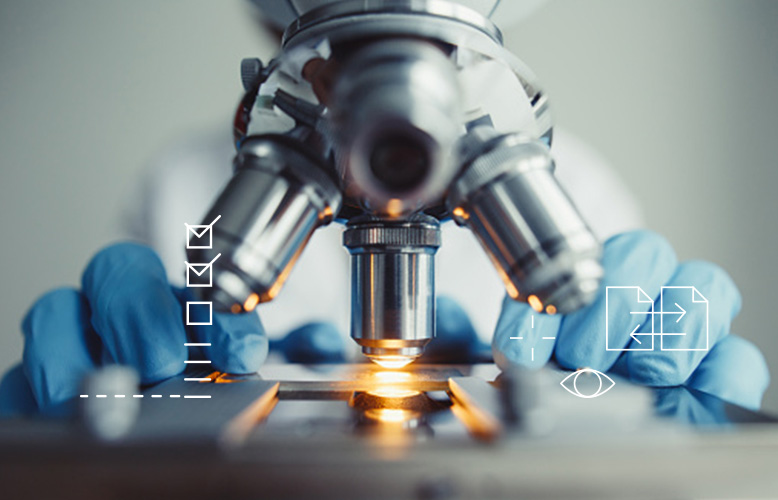Microplastics: France takes the plunge

Microplastics in the clouds, as recently alarmed Géo magazine? It has to be, because it’s in the water! ” Every time it rains, it rains plastic “, announces the website plasticforecast.com , which now gives us the weather forecast for plastic, with striking graphics. Even when the sky is blue, Parisians receive a “rainfall” of around 40 kilos of plastic a day… And when it rains, up to 420 kg of plastic falls!
A new kind of weather forecast, “The Plastic Forecast” was launched in Paris in May 2023, as our capital was hosting the second phase of negotiations on an international treaty to combat plastic pollution. A treaty itself initiated by the Fifth United Nations Environment Assembly – and due to land in 2024.
Microplastics in water: a global challenge
But others have already rolled up their sleeves… and it’s still France where it’s happening. In January 2024, AFNOR will publish a voluntary standard proposing a consensus method for measuring microplastics in ultra-pure water (used for semiconductors or the pharmaceutical industry), water intended for human consumption and raw groundwater. This is the key to establishing a common language… to evaluate, compare and avoid mistakes.
“The presence of microparticles, ranging from 5 millimeters to a few hundred nanometers, in river water, seawater, tap water and bottled water is an established problem. Solving it starts with having reliable sampling and analysis methods, so that the results obtained can be compared”, explains Laurie Jardel, from AFNOR’s Engineering, Construction, Water Cycle and Materials department, who assisted the professionals in drafting the text.
Towards standardization of treatment methods
The French standard, designed in two parts NF T90-968-1 and 2, will be transferred to the European (CEN-Cenelec) and international (ISO) levels. It should subsequently be used to support the analysis of microplastics in other matrices: food, compost, soil, wastewater… and of course the rainwater we mentioned earlier. It could also pave the way for the standardization of processing methods: in a second stage, these plastics will have to be isolated, then processed or even recycled, in the case of the most macroscopic plastics.
It’s an umbrella standard, which could very well be broken down by type of action or by industry,” points out Maud Liron, head of standardization development for water and biodiversity at AFNOR. I wish it a future, or more precisely a market appropriation, worthy of its quality. ” This standard should also be seen as a technical complement to NF ISO 46001 on management systems for the efficient use of water, which is little-known and little-used in France, but which needs to be more widely used in view of the new problems of water stress.
Interested? Anticipate the publication of standards NF T90-968-1 and 2 by taking part in the webinar on December 18, 2023. You’ll be able to exchange views with the experts who contributed to the standard: companies (Veolia, Nestlé, Phytocontrol, Danone Waters), research organizations (Inrae, Ifremer), government representatives (Anses, Nice Côte d’Azur local authority), etc.